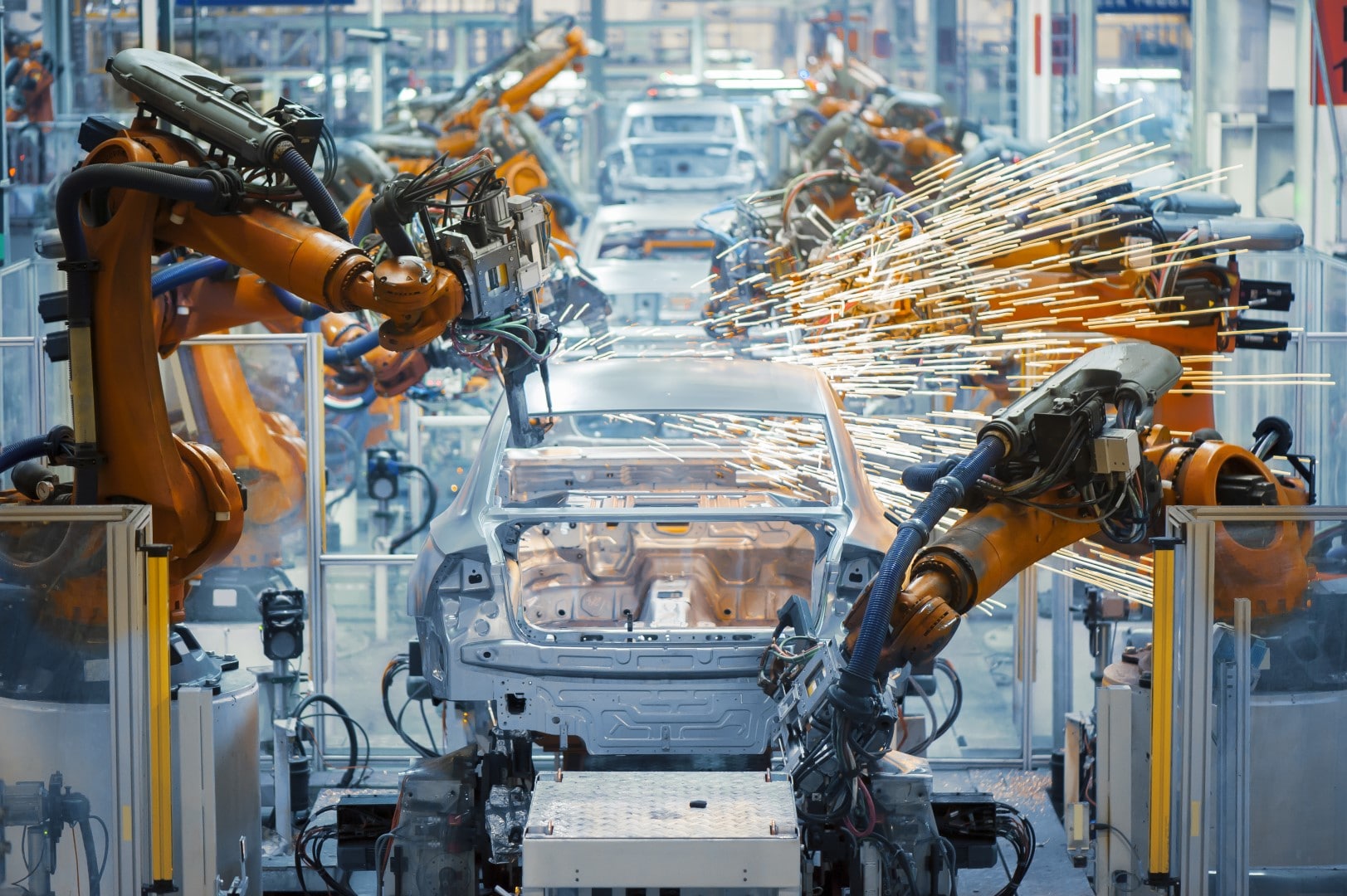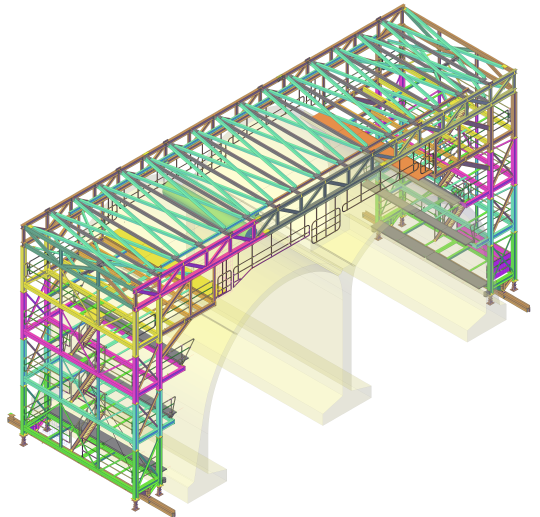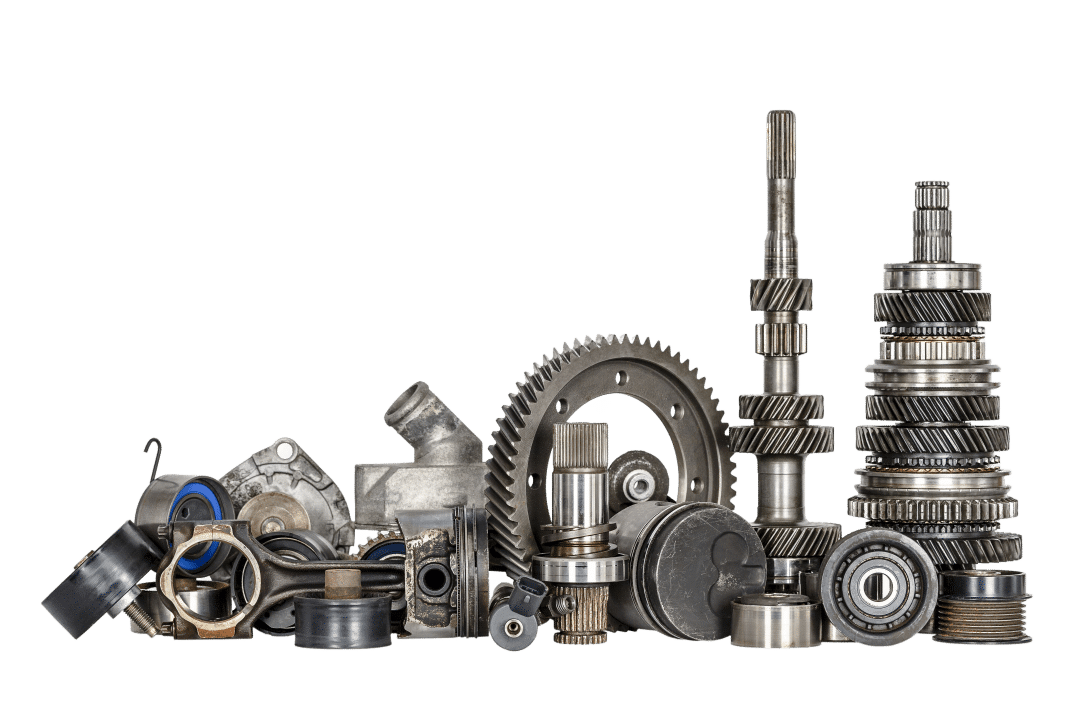Consumers are said to live in the “throw away age”. If the stampede to update mobile phones at every turn is anything to go off, then even high-end items are discarded without a second glance.
This is the opposite of what is happening in the industry. Manufacturers and engineering companies are in the “make do and mend” era. Waste management and profitability are guarded with the utmost care, and if machines are broken then every effort is made to find quick and cost-effective solutions.
For many firms, investing in replacement machinery is out of the question. However, sadly some companies find their essential piece of kit needs spares and repairs but their supplier has gone out of business.
Buying cheaply from machinery companies abroad is often viewed as an economic necessity. However, it can be a false economy when something goes wrong and the efforts to acquire a replacement part become complex and frustrating.
Manually measuring broken or badly functioning machinery parts can be problematic in complex machinery when precision and accuracy are vital.
For all these reasons, creative production engineers are increasingly turning to reverse engineering as a way of securing a “quick fix”, or even to get machines back online with permanent, cheaper and improved solutions.
Reverse engineering to get back in production
With some careful measurement and access to specialist CAD services, the solution to repairing and replacing even the most obscure part often be found.
Clearly, it helps if the team solving the problem of the broken item has a physical part to work with. In the case of a missing component or one destroyed beyond use, even existing drawings and access to process and plant data can help technical wizards to produce solutions.
That’s because modern CAD capabilities offer the capacity to reverse engineer damaged or broken parts to an incredibly precise level. Using the latest software in the hands of innovators, parts can be systematically evaluated to come up with a feasible replication. From 3D CAD models or photorealistic images, new and even improved components can be crafted.
Alternatively, digitalised data can be used to find the best way to complete a repair or work around the existing part.
More advantages of reverse engineering
Besides quickly getting machines back online and minimising production downtime, using reverse engineering has other key benefits.
For example, creating CAD drawings from existing parts – or even producing CAD 3D models – involves collating valuable data that can inform the future purchase or management of components. The production engineer can store up immediate feedback on the part’s geometry and status.
This provides important insight to ensure the compatibility of the final product from whatever supplier is engaged. There is even the possibility of finding improvements which could be made to the damaged or malfunctioning part of your machinery.
How can you prevent future fatigue or damage, or make sure the component enjoys greater longevity or functionality?
Using CAD modelling to calculate parametric and geometric continuity during your part recovery and measurement project could lead to better integration and durability.
The recovery or replication of damaged or broken parts using data digitisation also produces 3D models that can be used to inform and up-skill machinery operators and engineers. If some part of the manufacturing process is putting undue strain on machinery components, you can explore changes your team could make to protect equipment integrity and functionality for longer.
So, next time your manufacturing or engineering firm comes across a broken, malfunctioning or obsolete part, think CAD. Putting the part through reverse engineering could restore your production process quicker, but also store up invaluable data to make future improvements.
For more information about how reverse engineering can help you to replace or redesign machinery parts, call us at Restoric Design.



